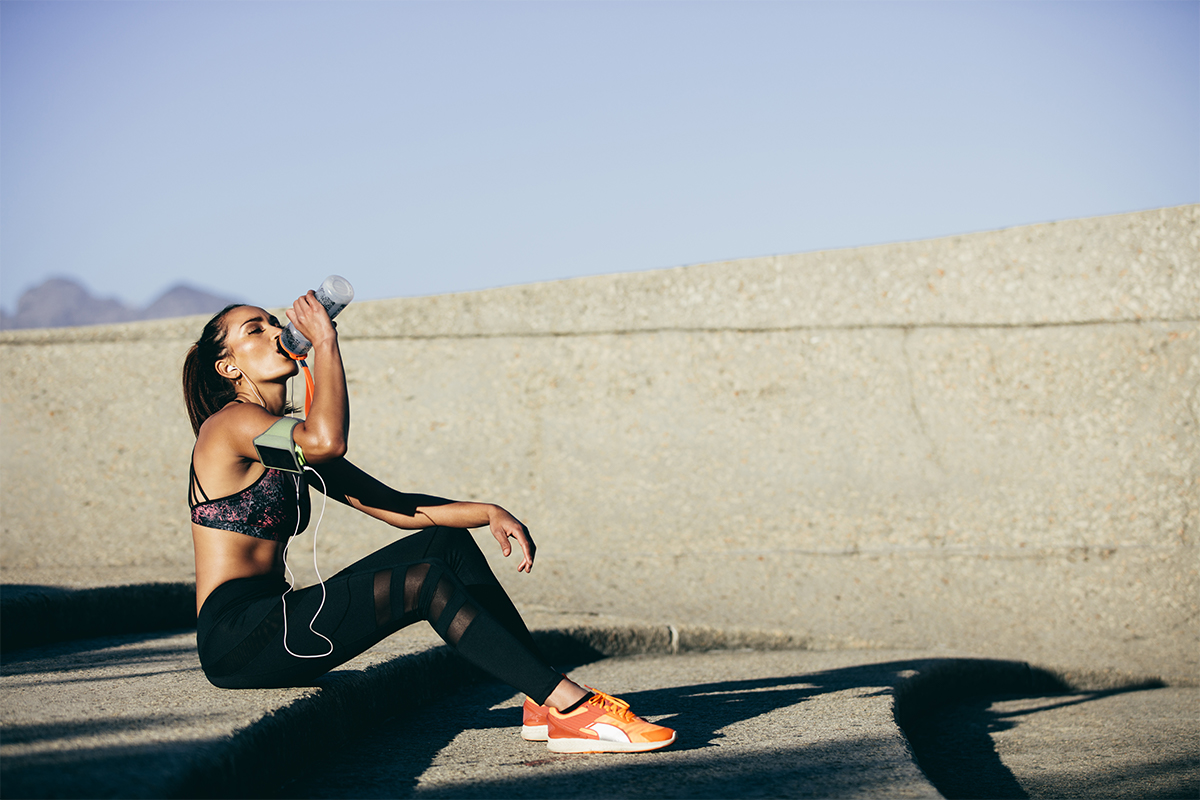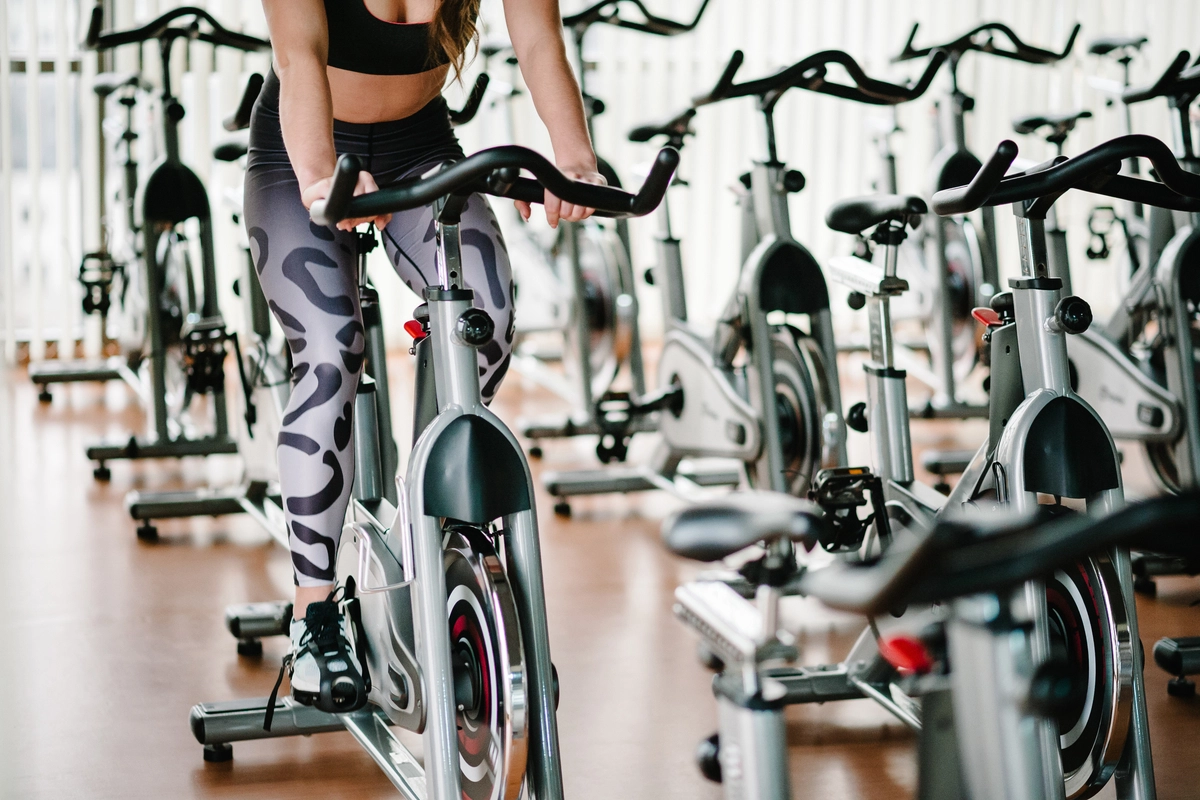Outdoor classes: some of us love them, some of us avoid them at all costs. As the warmer months come around, you’ll notice that some of your favorite ClassPass studios offer classes in the sunshine. A change of scenery is a good thing, but the heat? Well, that’s another story.
How to workout in the summer and not overheat
But one of the thrills of working out is personal challenge, right? These classes may be just the challenge your body needs. To ease your worries—and keep you safe—we asked two fitness instructors how to stay safe and cool while taking class outside.
Pre- and post-workout is key
A heated or outdoor class will not be nearly as overwhelming if you prepare, namely by hydrating yourself beforehand. “A good general rule is to hydrate approximately four hours before you start exercising and use the rule of 1 oz of fluid, preferably water, for every 10 pounds of bodyweight,” Victor Self, master instructor at Flywheel, says. In other words, downing that morning cup of joe before a bootcamp class in the park won’t do the trick. No time to drink enough before you sweat it out? You can start hydrating days in advance.
Many of us who played sports in school might remember the satisfying sip of an ice cold Gatorade at the end of the game, and there’s a good reason why your parents stocked up on these drinks. Sports drinks are packed with electrolytes (and sugar—eek!). After your body has been working hard and sweating, it may need a little treat, and electrolytes will do the trick.
Choose your classes wisely
Even though the world is the ultimate playground, that doesn’t mean that every activity is suitable for the outdoors—at least when extreme temperatures come into play. When looking for an outdoor workout class, Jake Giamoni, certified personal trainer and owner of Heat Studios, recommends HIIT or bootcamp classes. “Interval training workouts are not only a great way improve cardio and lose fat, they are also the safest method of training in the heat. Since interval workouts incorporate shorter bursts of hard work followed by rest periods, this will allow for ample water breaks,” he says. Yoga is also a good outdoor workout.
Let the heat out
A cute workout outfit may be the motivation you need to keep up with our outdoor HIIT class, but it could also be a hindrance when you’re working out under the blazing sun. Best bet, according to Self? Light-colored, loose-fitting, breathable fabrics that wick away moisture. Nylon and polyester are two popular choices. Cotton, meanwhile, traps sweat and makes your clothes feel ten times heavier. Also be sure to apply SPF before heading outside to protect your skin from harmful rays.
Listen to your body
If you’re accustomed to working out in air-conditioned gyms and studios, your first outdoor or heated class may be a shock to the system. That’s why it’s crucial that you pay attention to your body’s needs. If you need to rest, then rest. If you need to get out of the sun, find shade. It’s that simple. But how can you conquer outdoor workouts while taking care of your body? “Out in the heat, it’s best to focus on challenging yourself to get out of your comfort zone for short periods of time and taking ample breaks to recover between sets,” says Giamoni. Outdoor workouts aren’t entirely the same as indoor workouts, and it’s important to remember that when you’re out in the sun.
Like anything, practice makes perfect. Your first class may be grueling but if you keep at it, the heat will no longer set you back. “Focus on incorporating outdoor interval training into your outdoor routine and taking those shaded, water breaks when your body needs them,” says Giamoni. You have nothing to prove when your in class—except that your body is stronger than you think it is. But even the strongest bodies need SPF and H20.





